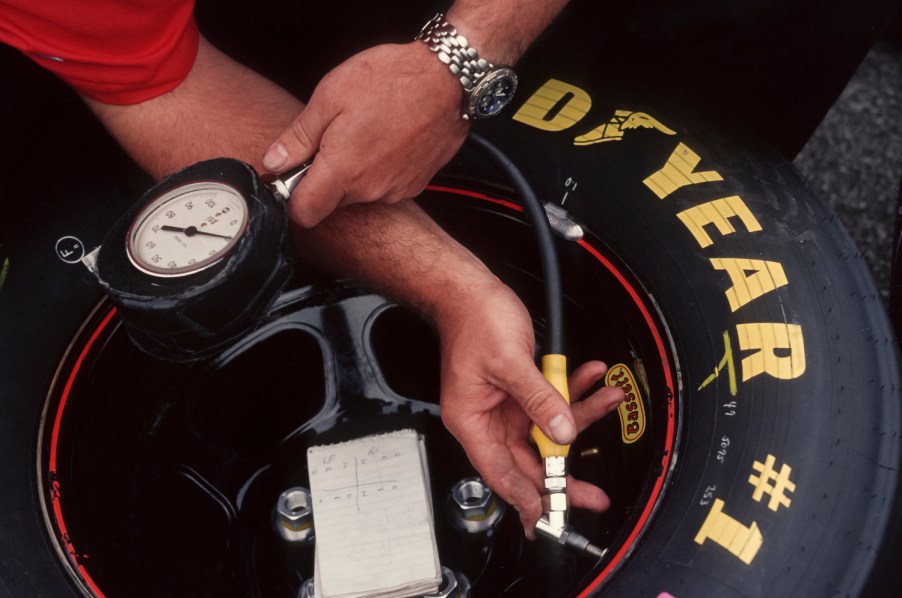
What Does Tire PSI Stand For?
Psi is the acronym for pounds per square inch. It is a non-metric (Imperial) measurement of pressure. If you are involved in your car maintenance, you have probably seen psi before because it is often used to measure the amount of air in car tires.
What does psi stand for?
The acronym psi stands for the number of pounds per one square foot of space. It is a measurement of pressure or stress. It is often used to measure the amount of pressure a gas or a liquid is under.

If you connect a tire pressure gauge to your vehicle’s tire, it will give you a measurement in psi. If, for example, the gauge reads 30 psi, you know that the compressed air in your car tire is exerting 30 pounds of force on every square inch of the inside of your tire.
Now imagine you used an air compressor to force even more air molecules into that tire. These new molecules would bounce around the inside of the tire, occasionally striking that square inch of rubber and increasing the psi.
What is the difference between psia and psig
Psi absolute (psia) includes the pressure of the atmosphere in addition to the pressure of whatever you are measuring. Psi gauge (psig) includes only the item being measured.

Here is an example: if you inflate your car tire and use a gauge to test that it’s inflated to 30 psi above the surrounding air, its psig is 30. But if you are parked at sea level, where the atmosphere is 14.7 psi, the psia of the same tire is 44.7.
If you begin at sea level and drive to a mile-high mountain (let’s say you drive from San Francisco to Denver) the psig of your car tire will increase. This is because the psi of the atmosphere in Denver is lower than at sea level and the same volume of air in your tire will be able to take up more space and exert more pressure on the inside of your tire.
Luckily, even if you drive from San Francisco to Denver, the psig of your car tire will only increase by two or three pounds. Therefore, most motorists do not even know about the change in their tire pressure while driving to high altitude.
How does the metric system measure psi?
The metric system measures force by kilograms of force per square centimeter. This is often written as kgf/cm squared. This measurement is the reason kilograms and centimeters are the size they are: the atmosphere exerts one kgf/cm squared at sea level.

Because one kgf/cm squared is equal to the atmosphere at sea level, its relatively easy to convert to psi. The atmosphere exerts 14.7 psi at sea level (but less at higher elevations). Therefore, one kgf/cm is equal to 14.7 psi. Two kgf/cm is just under 30 psi.



